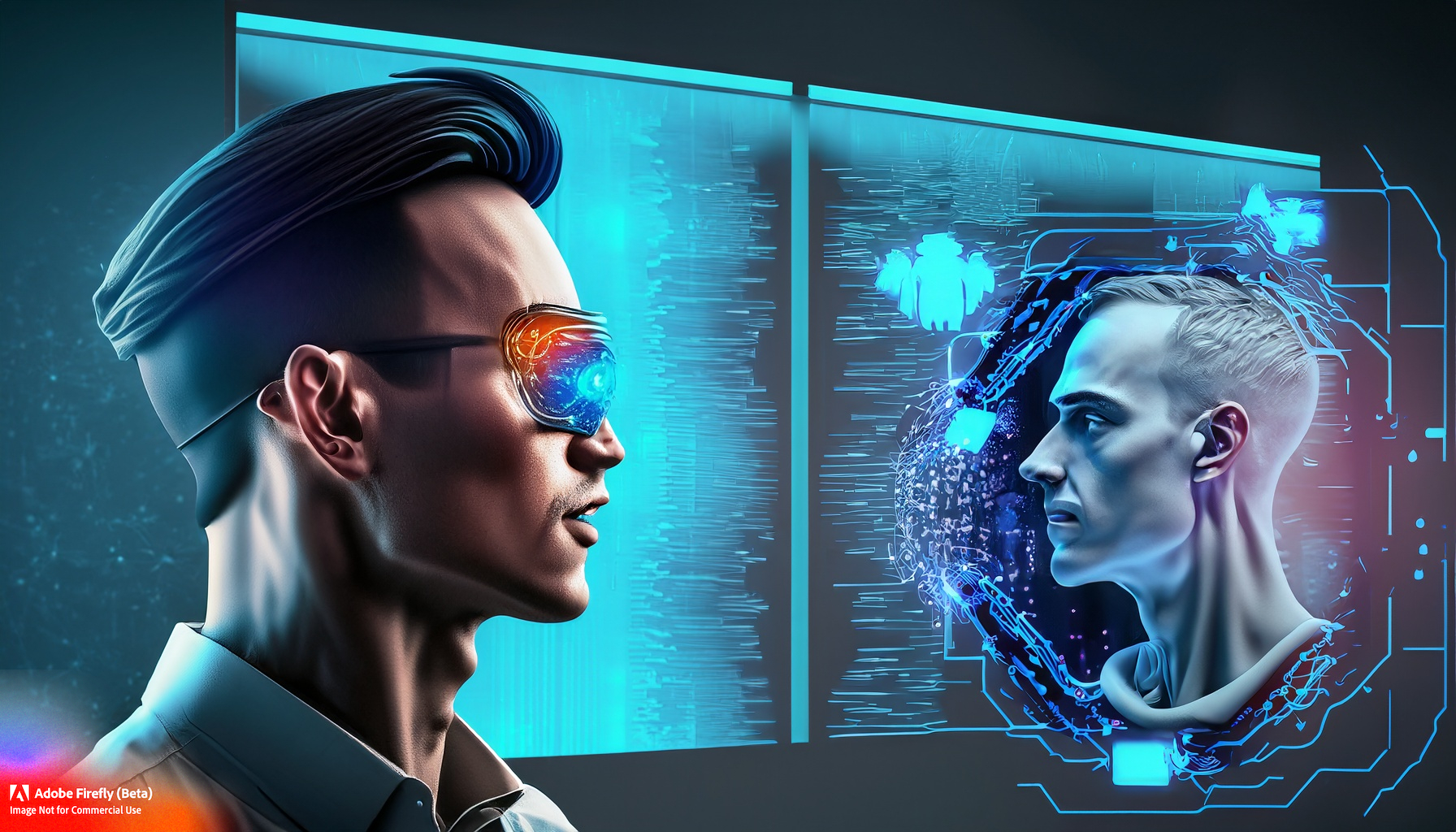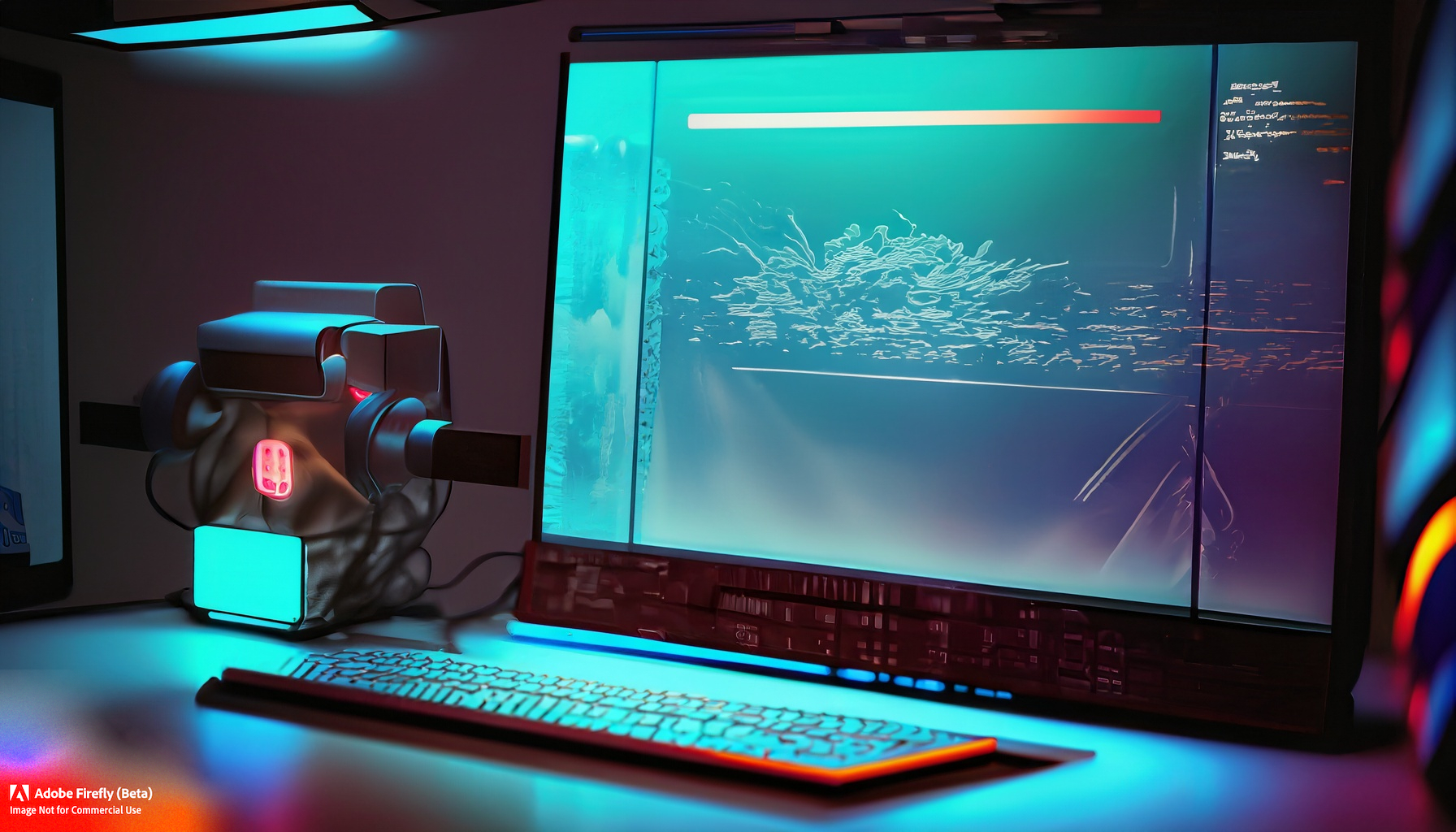The Importance of Syncing Support and R&D for Faster Issue Resolution

As the CEO of Record, I understand the challenges faced by B2B SaaS companies when it comes to resolving technical issues. One key factor in improving issue resolution is fostering strong collaboration between support and R&D teams. In this blog post, we will discuss the importance of syncing these teams and how it leads to a better resolution process.
4 steps for better Syncing Support and R&D:
1. Streamlined communication
Poor communication between support and R&D teams can lead to several issues, such as duplicate work, slow response times, and missed opportunities. By creating a centralized communication platform that enables real-time collaboration, teams can address issues more effectively and reduce resolution times. For example, when support and R&D teams work together using a shared platform, they can quickly identify problems and coordinate their efforts to resolve them efficiently.
2. Improved understanding of user issues
Syncing support and R&D teams can lead to a deeper understanding of user issues, as R&D can provide insights into product limitations or bugs, while support can offer insights into customer pain points. For instance, R&D can share information about known issues or limitations in the software, allowing support teams to better assist customers experiencing these problems. On the other hand, support teams can relay feedback from users directly to R&D, enabling them to prioritize and address the most pressing issues. This increased understanding of user issues can lead to better product development and improved user experience.
3. Increased efficiency
Syncing support and R&D teams can increase efficiency by reducing the time spent on repetitive tasks, such as searching for information or waiting for updates. An intelligent layer designed for collecting, investigating, and analyzing user issues can streamline workflows and save time. For example, when support teams can quickly access the information they need to resolve issues, they can spend more time assisting customers and improving the overall support experience. Similarly, R&D teams can focus on developing new features or improving existing ones, rather than spending time sifting through support tickets to identify issues.
4. Boosted innovation
Syncing support and R&D teams can encourage cross-department innovation, as both teams can share ideas and insights that can lead to new product features or improvements. When support and R&D teams work together, they can identify areas where the product can be improved or suggest new features based on customer feedback. By pooling their knowledge and expertise, these teams can help drive innovation and keep the product ahead of the competition.
Conclusion:
Syncing support and R&D teams is crucial for B2B SaaS companies looking to improve their technical issue resolution process. By streamlining communication, gaining a deeper understanding of user issues, increasing efficiency, and fostering innovation, businesses can create a better user experience and ultimately drive growth. Record helps companies achieve this by offering an intelligent layer designed for collecting, investigating, and analyzing user issues, making it easier for support and R&D teams to collaborate and deliver exceptional results.

